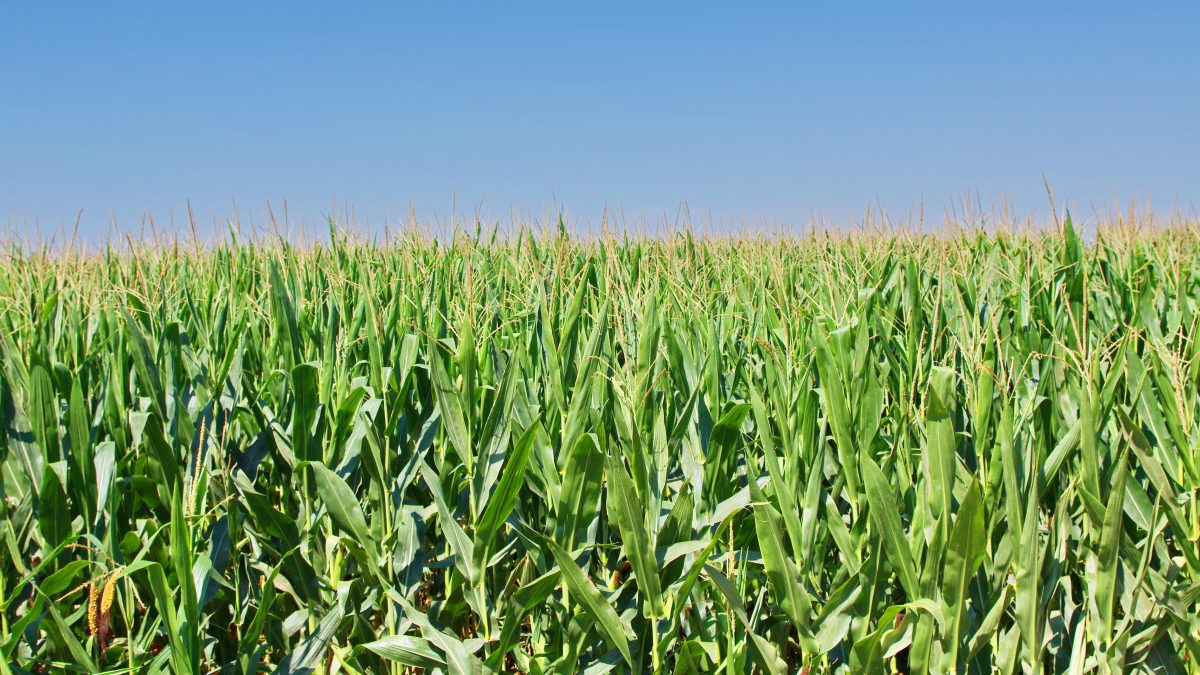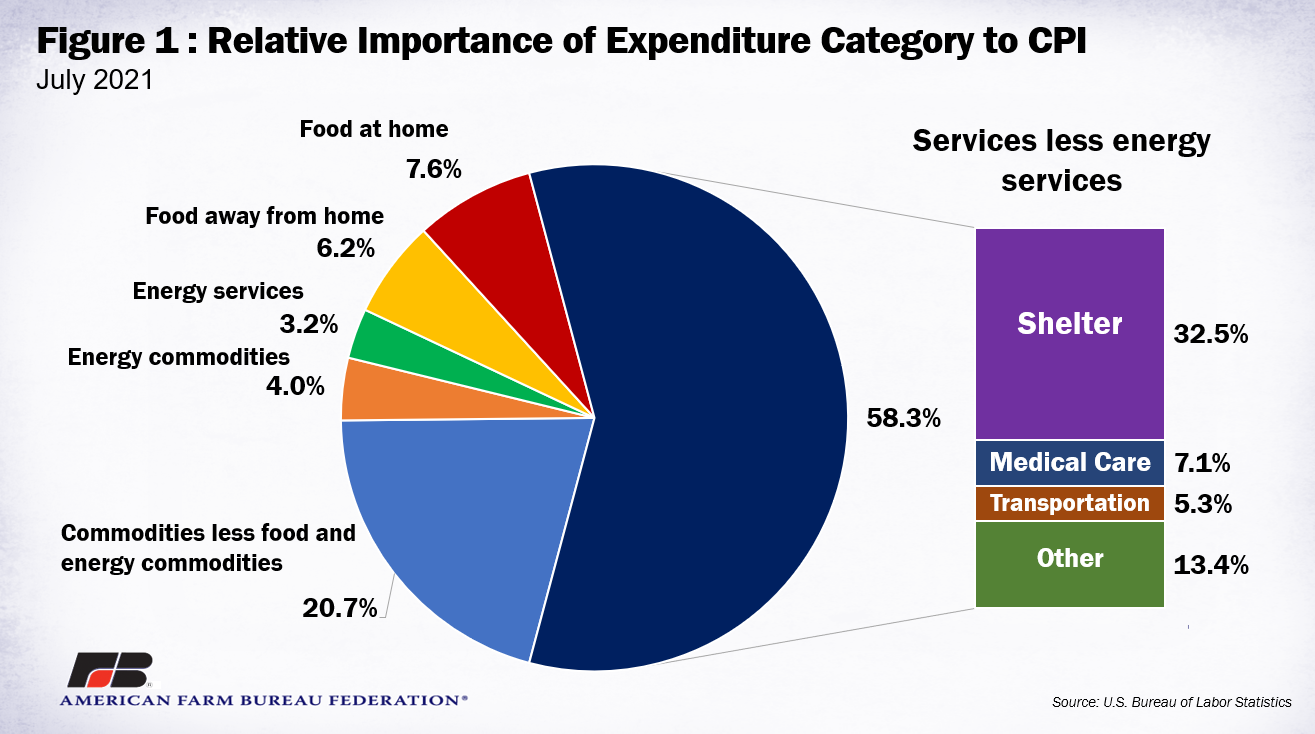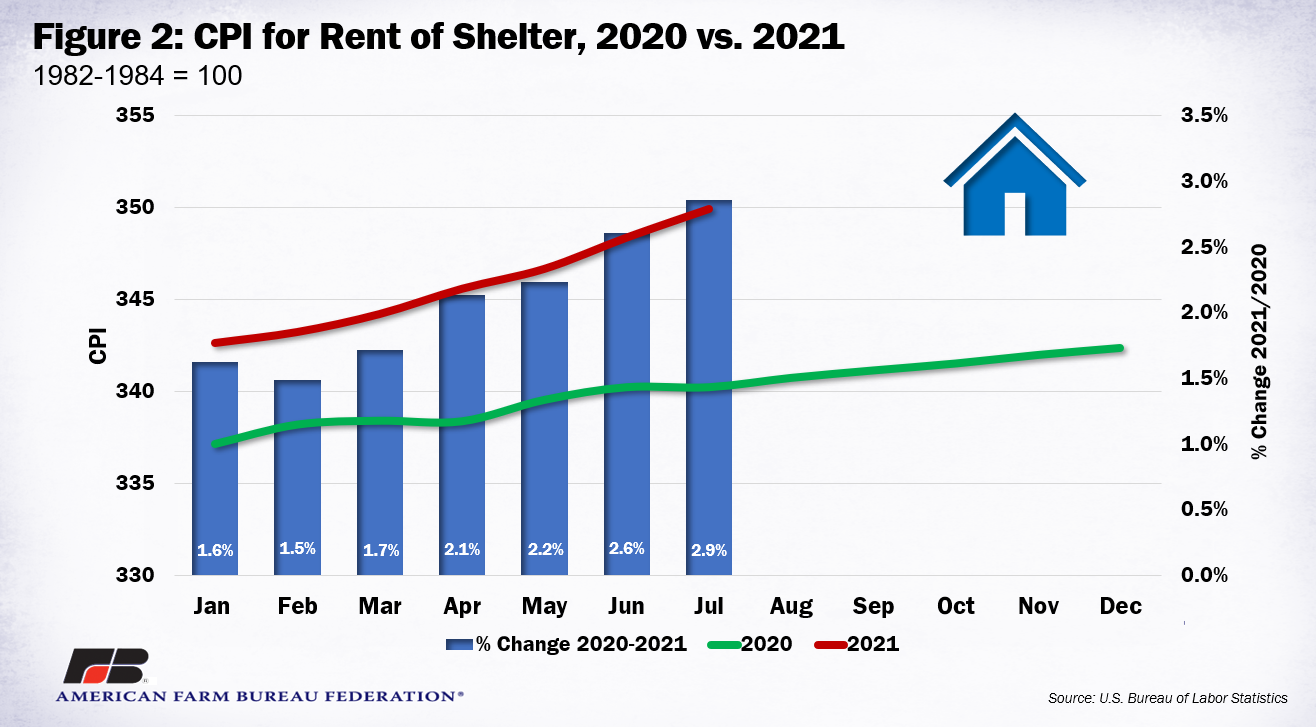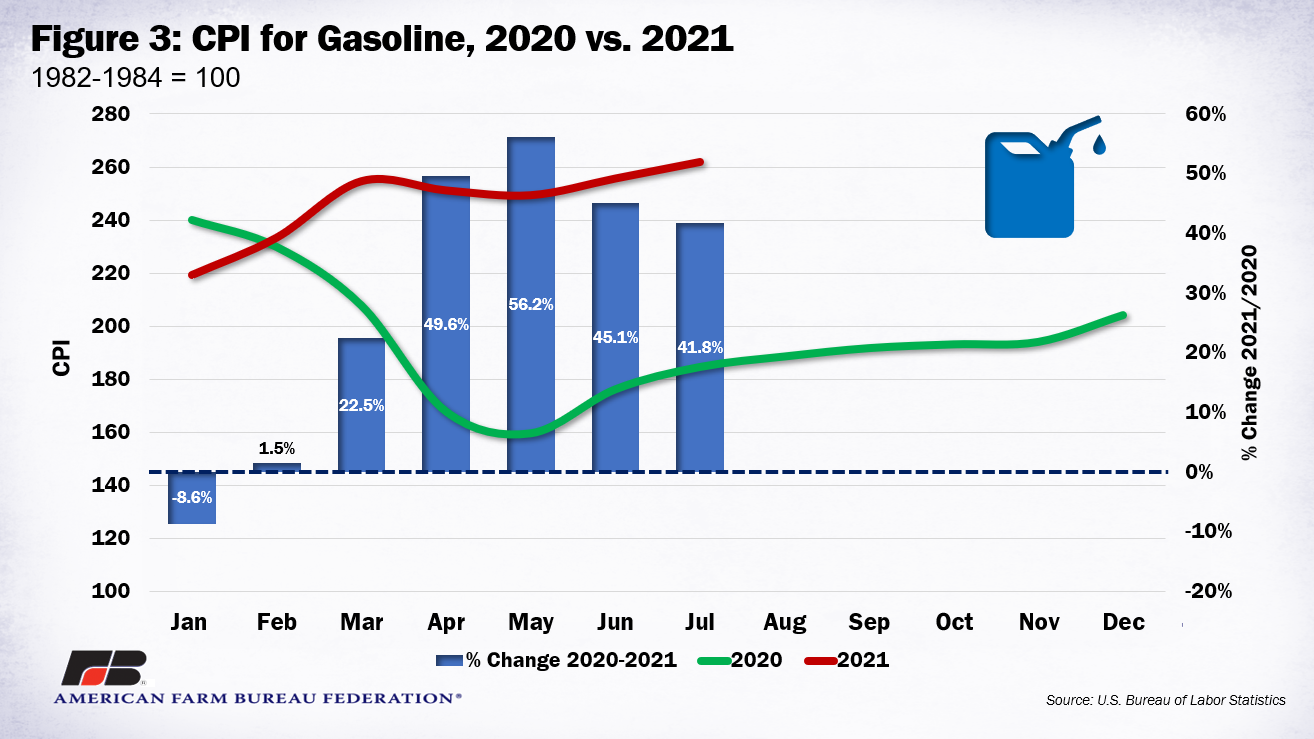Certain Sectors of the Economy Making Big Contributions to Inflation
Bob Young
President

photo credit: Arkansas Farm Bureau, used with permission.
Bob Young
President
Inflation continues to be the subject of media interest. In this article, we dive a little deeper into how the consumer price index (CPI) is computed and go through how the index is likely to behave over the next few months, given things we already know.
Admittedly, different families spend different amounts on a range of goods and services. The Bureau of Labor Statistics surveys consumer spending across the nation and develops a set of weights for the various products and services consumers buy. The split between goods and services is roughly 40/60, with services getting a weight of 58% and goods getting the remaining 42%. Within services, the three main categories are shelter – the most significant single component of the CPI, medical and transport.

Shelter costs break down as the cost of rent for renters and an “owners’ equivalent rent of residences.” Given that shelter by itself weighs in at 32.5% of the CPI, any movement here has outsized consequences for the series as a whole. With all the rent forbearance during the pandemic, rental rates did not move much during the previous year. In 2021, however, things have heated up. Rental rates alone indicate how shelter costs will contribute to inflation for much of the rest of the year. In July, rental rates were nearly 3% higher than a year earlier. As a measure of overall shelter costs (which it is not, but this suggests shelter costs alone are generating nearly a 1% rise in inflation if everything else was constant.
While shelter is a category with significant weight, gasoline weighs in at only 3.7%. However, with prices running 40% higher than last year, gasoline is contributing 1.6% to overall inflation. Between shelter and gasoline, we have an almost 2.5% rise in inflation, and little expectation of gasoline prices coming back down. The big question is whether they’ll continue to rise at their current pace over the next 12 months.
One other category in the news of late is used cars. Again, the weight for used cars in calculating the overall CPI is low – 3.5% - but the price change relative to last year has been substantial. July 2021 prices were 42% higher than 2020 levels. Again, doing the arithmetic, used cars alone bumped up inflation by almost 1.5%. Will used car prices come down later this year? Maybe, if new car supplies are back online with improved chip manufacture.
So, three categories of goods and services, a minimal subset of the overall economy, are likely to contribute a nearly 4% rise in inflation over the rest of the year. And we didn’t even talk about food.


Trending Topics
VIEW ALL